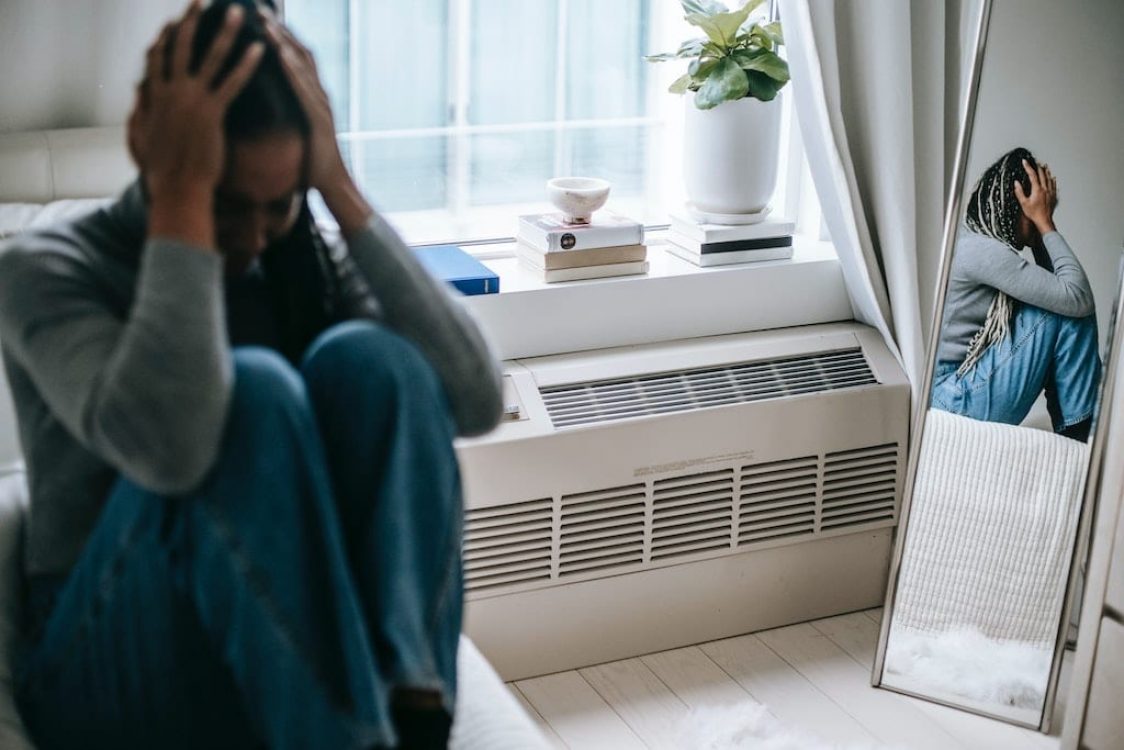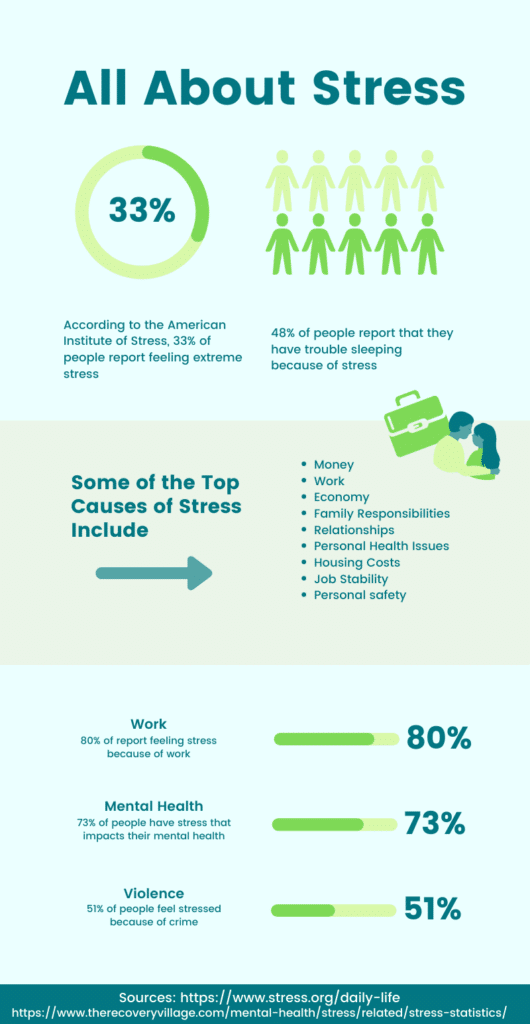Acute stress is the most common type of stress. When the majority of us say we feel stressed, this is the type of stress we’re talking about. Acute stress is the body’s immediate response to a challenging or unfamiliar situation. It’s the type of stress you might experience when you ride a roller coaster or engage in public speaking.
Joy can also cause an acute stress reaction. Sometimes being a little bit frightened is enjoyable. It gives your body and brain the chance to practice responding to stressful situations. When the stressful situation passes, so should your body’s reaction.
Severe acute stress isn’t like that. This is the kind of stress that happens when you experience a situation that is life-threatening. Severe acute stress can lead to post-traumatic stress disorder (PTSD) and other mental health challenges.


























